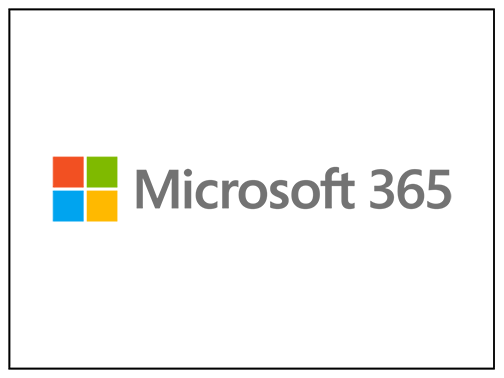
Cybersecurity, Compliance, and Government Acronym Lists
August 3, 2020
5 Significant Risks IoT Devices Pose for Data & Privacy
March 3, 2021Protecting Critical Data from Phishing and Other Insider Threats

Even though the technology-driven era we live in makes information sharing and data access very efficient, it also presents new challenges. One of the biggest challenges is the rising threat to data security.
The threat to data security doesn’t always come from external sources. According to a study by CybSafe, human error was the main reason behind 90 percent of data breaches in 2019. And insider-related cybersecurity incidents have increased 47 percent in the last two years.
Therefore, it’s safe to say that the biggest threat to business data comes from people inside an organization. Since data is the lifeline of most organizations, any compromise can bring operations to a complete halt. To avoid this, businesses need to be aware of the threats posed by insiders and take the necessary measures to prevent them.
This blog discusses the insider threat to cybersecurity and how you can defend against it.
Actors and Motivations Behind Insider Threats
There are two main types of actors behind all insider threat incidents - negligent insiders who occasionally fall victim to a scam or make a careless mistake and malicious insiders who seek financial gain or revenge.
Negligent Insiders
Although these employees do not intend to cause harm, they account for about 62 percent of insider threat incidents. Negligent insiders contribute to data security breaches when they:
- Click on malicious email links - Phishing *
- Open attachments that contain malware
- Visit unsafe websites
- Use weak passwords
- Send emails to unauthorized recipients
* Phishing is a type of social engineering where an attacker sends a fraudulent (e.g., spoofed, fake, or otherwise deceptive) email designed to trick a person into revealing sensitive information to the attacker.
Malicious Insiders
These employees deliberately attack your data for financial gain or revenge. Despite being rare, these threats often have more severe consequences than external threats since the actors have full access and credentials to compromise your security. For instance, a Chinese national allegedly stole trade secrets from a US-based petroleum firm, with the value of these secrets estimated to be about $1 billion.
Best Ways to Prevent Insider Threats and Protect Data
When a business falls victim to a data security breach, it faces more than just financial losses. Damage to an organization’s reputation and loss of intellectual property can result from an insider security incident. Additionally, compliance regulations impose hefty fines on businesses for such breaches. As a result, an estimated 60 percent of companies go out of business within six months of a serious data breach. That’s why you must take a proactive approach to defend against insider threats.
Detecting Insider Threats
Certain factors can help you identify insider threats before you experience a full-blown breach:
- Human behavior: A potential insider with malicious intent sometimes exhibits unusual behavior. For instance, an employee trying to access privileged information or frequently staying late after office hours.
- Digital signs: Before a major breach due to insider threats, you may see digital signs like high bandwidth consumption, traffic from unknown sources, or unauthorized use of personal storage devices.
Defense Strategies Against Insider Threats
There are a few strategies that you can implement to minimize the possibility of insider threats.
- Insider threat defense plan: Your strategies against insider threats start by creating a defense plan specific to insider threats. You need to define suspicious behavior in your employees and set up alerts for digital signs in your IT environment. Most importantly, you need to limit access to critical data and provide unique credentials for those with access to your data.
- Data backup: Backups are essential to protect your data in case of data loss. With regular backups, your business can get back up and running quickly after a security breach. Before you back up your data, you need to classify what data is worth protecting and create a strategy accordingly.
- Employee training: When properly trained, employees can be your first line of defense against cyber threats. Create company-wide policies governing personal devices, passwords, remote working, etc.
Reach Out to Us to Protect Your Critical Data
The average cost of insider threats increased by 31 percent between 2017 and 2019 and is estimated to be around $11.45 million. With the cost of insider threats expected to rise over the years, having a trusted partner by your side to protect your data from insider threats can go a long way toward securing your business.
With our years of expertise in data security and storage, we can help you establish effective strategies to protect your data.
Sources:
Need assistance managing your critical insider issues? Contact Hixardt for a no-obligation consultation.
About Hixardt Technologies
Hixardt is an integrated network infrastructure, cloud services, and professional information technology (IT) solutions provider. These resources are meant as guidance and instruction and do not account for any laws, regulations, or restrictions. We suggest you seek professional counsel as applicable.
Curated content used with permission.
There are two main types of actors behind all insider threat incidents – negligent insiders who occasionally fall victim to a scam or make a careless mistake and malicious insiders who seek financial gain or revenge.


